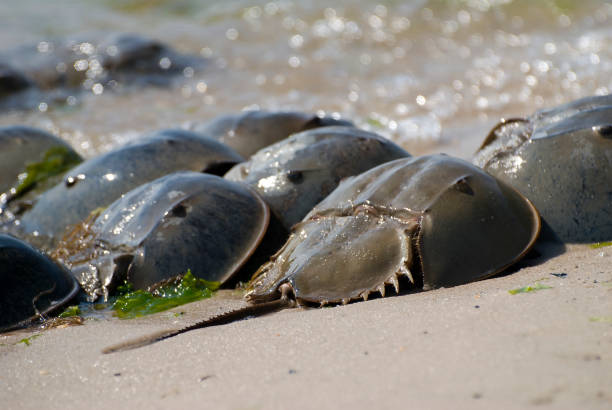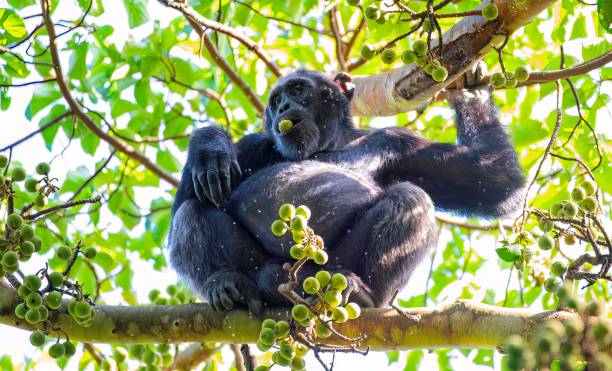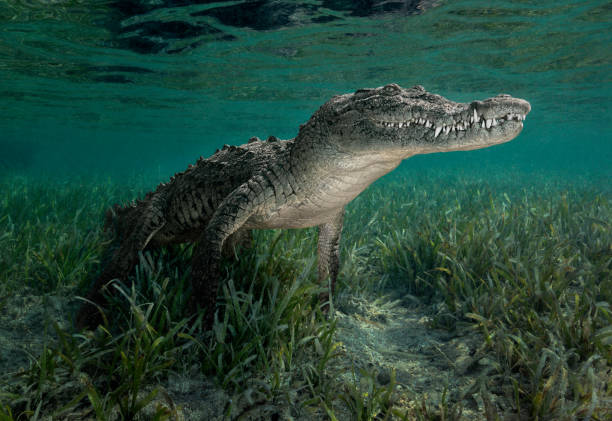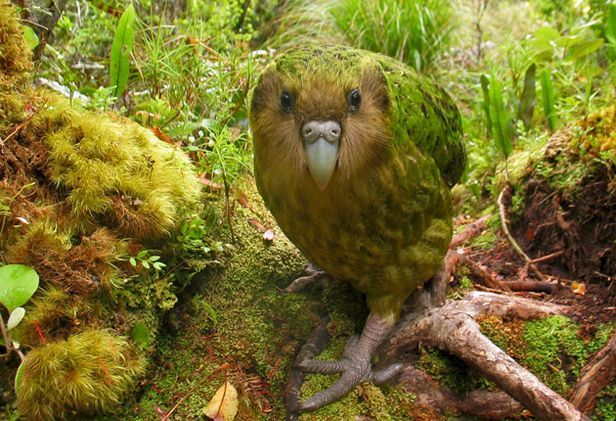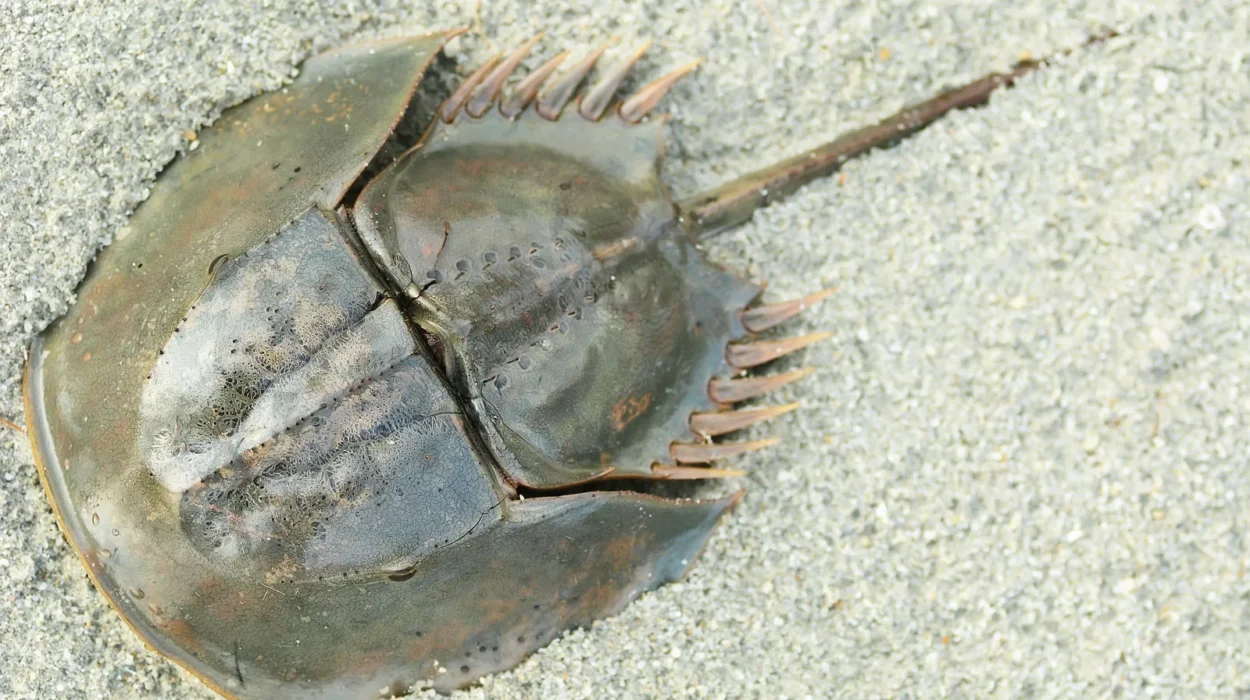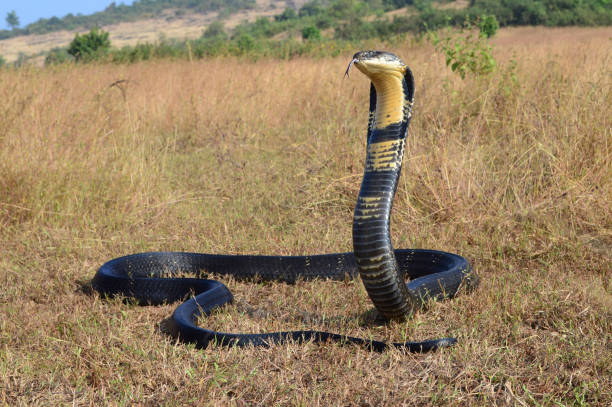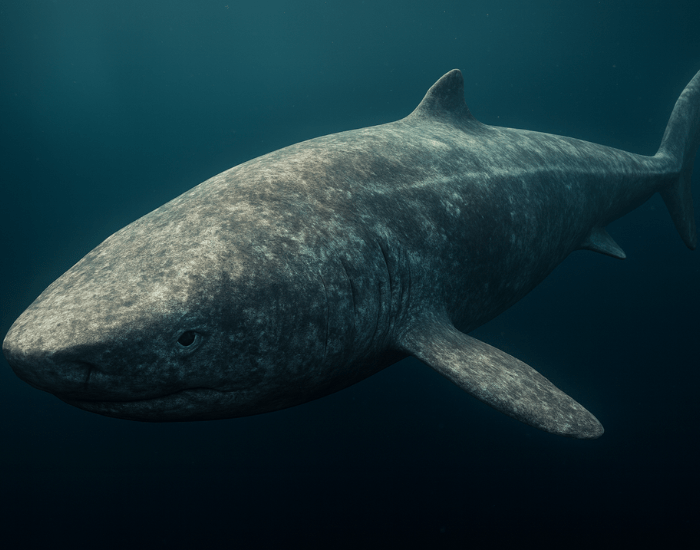Imagine walking along a modern coastline or gazing into a forest stream and realizing that you’re looking at a creature that existed long before the first dinosaur ever walked the Earth. These living fossils, as scientists call them, are the survivors of unimaginable changes—mass extinctions, shifting continents, and climate upheavals spanning hundreds of millions of years.
They have witnessed eras rise and fall, oceans form and vanish, and entire species come and go. Yet somehow, through an extraordinary blend of luck, adaptation, and evolutionary perfection, they remain with us today. These ancient animals are not ghosts of the past; they are the living memory of Earth itself.
Let’s journey through time and meet ten of these remarkable survivors—creatures that defy extinction and still thrive in our modern world.
1. Horseshoe Crab – The Ancient Sentinel of the Sea
The horseshoe crab looks like something straight out of a science fiction film—an armored, helmet-shaped creature crawling along the seabed. But its appearance is no trick of imagination; it’s a window into deep time.
This species has existed for over 450 million years, long before dinosaurs appeared and even before trees shaded the land. To put that into perspective, horseshoe crabs have survived five mass extinctions and seen the rise and fall of countless species.
Despite their name, they’re not true crabs. Horseshoe crabs are more closely related to spiders and scorpions than to any crustacean. Their tough, dome-like shells act as shields, while their spiked tails—called telsons—help them flip over when overturned by waves.
They play a vital role in coastal ecosystems, especially during spawning season when thousands gather on beaches to lay eggs, providing food for migrating birds. But perhaps their greatest gift to humanity is their blue blood, which contains a special compound called Limulus Amebocyte Lysate (LAL) that detects bacterial contamination. This discovery revolutionized modern medicine and made the horseshoe crab an unsung hero of vaccine and drug safety testing.
Ancient, humble, and crucial to life even today—the horseshoe crab is truly a living relic of Earth’s earliest seas.
2. Coelacanth – The Fish That Time Forgot
In 1938, off the coast of South Africa, a fisherman caught something extraordinary—a fish thought to have been extinct for 65 million years. The coelacanth, with its fleshy lobed fins and prehistoric face, had returned from the depths of time.
Coelacanths first appeared over 400 million years ago, evolving during a period when fish were beginning to explore the idea of walking on land. Their limb-like fins are a fascinating glimpse into the transition between aquatic and terrestrial life.
For millions of years, paleontologists knew them only through fossils. Then, the discovery of a living coelacanth changed everything—it was as if a fossil had come to life. These fish dwell deep in the dark waters of the Indian Ocean, rarely venturing close to the surface.
They can grow up to two meters long and live for more than 60 years. What’s even more astounding is their ability to give birth to live young, a rare trait among fish.
Today, coelacanths remain critically endangered but protected. Their survival is a miracle—a living echo of Earth’s ancient oceans, a creature that bridges the past and the present in its silent underwater realm.
3. Nautilus – The Spiraled Survivor
Few creatures embody the poetry of evolution like the nautilus. With its perfect spiraled shell, divided into chambers, the nautilus has graced Earth’s oceans for over 500 million years. It has survived the rise and fall of dinosaurs, ice ages, and the birth of continents.
Often called the “living fossil of the sea,” the nautilus belongs to the same family as squids and octopuses, yet it retains the ancient traits of its ancestors. Unlike its highly intelligent cousins, the nautilus relies on a simple but effective design: a coiled shell for buoyancy and a crown of up to 90 small tentacles to capture prey.
It dwells in the deep ocean slopes of the Indo-Pacific, rising to shallower waters at night to feed. Inside its shell, gas and fluid adjust its buoyancy with mathematical precision—an ancient natural engineering marvel that inspired submarines and architectural designs.
Sadly, nautiluses face threats from overfishing and the shell trade. But to look at one gliding gracefully through the water is to glimpse a living sculpture shaped by half a billion years of history—a perfect spiral connecting past and present.
4. Crocodile – The Ancient Rulers of Rivers
When you look into the eyes of a crocodile, you’re seeing a gaze honed over 200 million years of survival. These creatures shared the Earth with dinosaurs, yet when the great reptiles vanished, the crocodiles endured.
Crocodiles belong to a lineage that once included enormous prehistoric predators, some over twelve meters long. Modern crocodiles, though smaller, are no less formidable. They are perfect evolutionary designs—powerful jaws, armored skin, ambush precision, and the patience of eternity.
Their physiology has changed remarkably little since the Mesozoic era. They can slow their heart rate, remain underwater for over an hour, and survive long periods without food. These adaptations make them master survivors, thriving from the jungles of Africa to the rivers of Australia.
But crocodiles aren’t just relics of violence; they are creatures of astonishing intelligence. Studies have shown they use tools—like sticks—to lure nesting birds, and they communicate through a series of vocalizations and body gestures.
Ancient, deadly, yet fascinatingly sophisticated—the crocodile is both a reminder of our planet’s primal past and a symbol of evolutionary endurance.
5. Tuatara – The Last of Its Kind
In the cool forests of New Zealand lives a small, unassuming reptile that could easily be mistaken for a lizard. But the tuatara is not a lizard—it is the last surviving member of a lineage that dates back over 240 million years, to the age of dinosaurs.
The tuatara is often called a “living fossil” because it represents an entire order of reptiles, the Rhynchocephalia, that once thrived across the world. All its relatives have long vanished, leaving the tuatara as the sole guardian of this ancient genetic heritage.
It has a unique physiology. Tuataras possess a third “parietal eye” on the top of their heads, thought to help regulate their biological clock and detect light changes. Their metabolism is incredibly slow—they can live for more than 100 years—and they thrive in cooler temperatures that would kill most reptiles.
Their reproduction is equally remarkable: females lay eggs only once every two to five years, and the embryos can take over a year to hatch, making them among the slowest-developing vertebrates on Earth.
To see a tuatara is to see a window into an age when reptiles ruled the world. It is not just a survivor—it is the living memory of a vanished empire.
6. Jellyfish – The Immortal Drifters
Graceful, translucent, and otherworldly, jellyfish are among the oldest multicellular organisms still alive today. Their lineage stretches back more than 500 million years, predating sharks, trees, and even flowers.
Jellyfish have no brains, bones, or blood, yet they thrive in every ocean on Earth. Their simplicity is their genius. Powered by pulsating bells and trailing tentacles, they float through the seas like living ghosts of the Cambrian era.
Among them exists perhaps the most extraordinary organism of all—the Turritopsis dohrnii, also known as the “immortal jellyfish.” When threatened by disease or old age, it can revert its cells to a younger state, starting its life cycle anew. Biologically speaking, it can live forever.
Jellyfish have witnessed every era of life on Earth. Their gentle movements mask a history older than the dinosaurs and more enduring than almost any other creature. They remind us that survival doesn’t always belong to the strong or the intelligent—but to the adaptable.
7. Sharks – The Ocean’s Ancient Predators
Sharks are the ocean’s oldest hunters, having prowled Earth’s waters for over 420 million years. Long before dinosaurs took their first steps on land, sharks ruled the seas.
Fossil evidence shows that early sharks were already sophisticated predators, equipped with sharp teeth and powerful senses. Over millions of years, they have evolved into more than 500 species, from the small lantern shark to the massive whale shark.
Their survival is owed to their perfection as predators. Sharks have an electro-sensory system that allows them to detect the faintest electric signals from other animals. Their cartilage skeletons make them fast and flexible, while their teeth are endlessly replaced—a conveyor belt of weaponry honed by evolution.
Though feared by many, sharks play an essential role in maintaining the balance of marine ecosystems. They are the ocean’s immune system, removing the weak and diseased to keep the sea healthy.
In a world that changes constantly, sharks are constellations of stability—ancient mariners that remind us the ocean never forgets its past.
8. Sturgeon – The Living Giants of the Rivers
Majestic and prehistoric, sturgeons are among the oldest fish lineages on Earth, tracing their ancestry back over 200 million years. They once swam alongside the earliest dinosaurs, and remarkably, they still glide through our rivers and seas today.
Sturgeons are known for their massive size—some can reach lengths of six meters—and their distinctive bony plates called scutes. They inhabit both freshwater and coastal marine environments across the Northern Hemisphere, from North America to Europe and Asia.
Their long lifespans and slow reproduction make them vulnerable, but also give them an almost mythical longevity. Some individuals are believed to live for over a century, quietly navigating the currents as living monuments to time.
For centuries, humans have prized sturgeons for their caviar, leading to their severe decline. Yet, conservation efforts are reviving populations, offering hope that these river giants will continue their ancient journey.
When you see a sturgeon breach the surface, you’re witnessing a creature that remembers the dawn of mammals and the fading echoes of the dinosaurs.
9. Sea Turtle – The Gentle Wanderer of Deep Time
With their wise eyes and graceful swimming, sea turtles have long symbolized endurance and serenity. Their ancestors first appeared over 200 million years ago, making them true contemporaries of the dinosaurs.
Sea turtles have barely changed since those ancient days. Their streamlined shells and flipper-like limbs are masterpieces of adaptation, allowing them to migrate thousands of miles across oceans. Species like the leatherback, green, and hawksbill have watched continents drift and climates shift, yet they persist.
What makes sea turtles truly extraordinary is their navigational ability. After decades of roaming the seas, females return to the exact beach where they were born to lay their eggs—guided by magnetic fields and instinct refined over eons.
Despite facing threats from plastic pollution, habitat loss, and poaching, sea turtles continue their ancient cycles. To see one glide through the water is to witness a piece of prehistory, a silent voyager carrying the legacy of Earth’s primeval seas.
10. Lamprey – The Vampire of the Ages
At first glance, the lamprey seems like something from a nightmare—a jawless, eel-like creature with a circular mouth lined with rows of sharp teeth. Yet this “vampire fish” is one of the oldest vertebrates on Earth, dating back over 360 million years.
Lampreys belong to a group of primitive fish that evolved before the development of jaws. Their simple anatomy—cartilaginous skeleton, suction mouth, and gill openings—makes them a living model of early vertebrate evolution.
Some lampreys are parasitic, attaching themselves to other fish and feeding on their blood, while others live peaceful lives in rivers, spawning and dying in an age-old rhythm.
Despite their eerie appearance, lampreys have played a vital role in helping scientists understand how vertebrates evolved. They show us what early life may have looked like before fins, jaws, and scales became the norm.
They are survivors from a world unimaginably ancient, thriving still in our rivers and seas—a testament that even the simplest life forms can endure the harshest tides of time.
The Immortality of Evolution
These ten ancient animals are more than curiosities of nature; they are living testaments to resilience, adaptability, and the quiet strength of simplicity. Each one carries within its DNA a story written across hundreds of millions of years—a story of survival through fire, ice, and extinction.
In a rapidly changing world, they remind us of the power of endurance. While species come and go, and civilizations rise and fall, these beings persist—unchanged, unhurried, unbroken.
They are the whispers of prehistory still echoing in our forests, rivers, and seas. To encounter them is to touch the ancient heartbeat of the planet—to realize that life, in all its beauty and strangeness, never truly lets go of its past.
